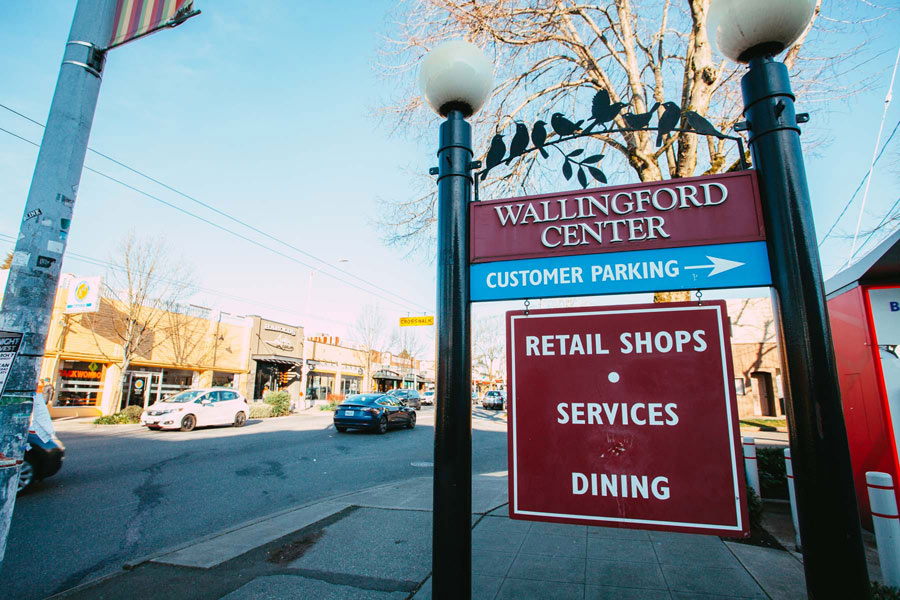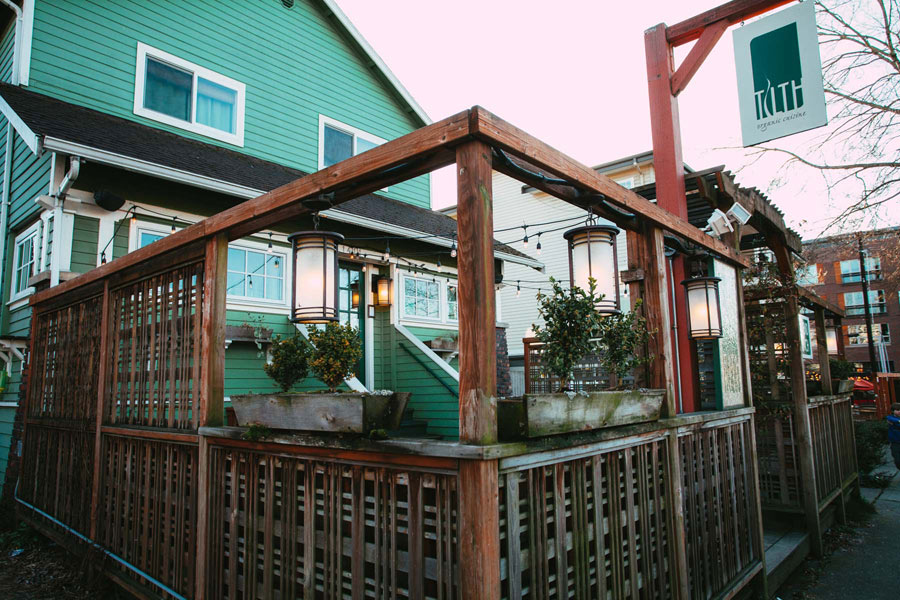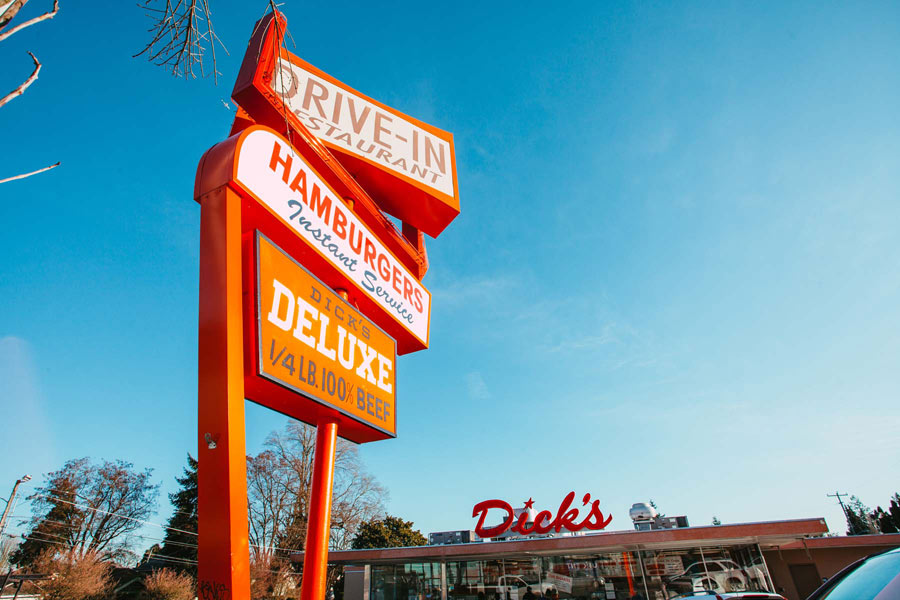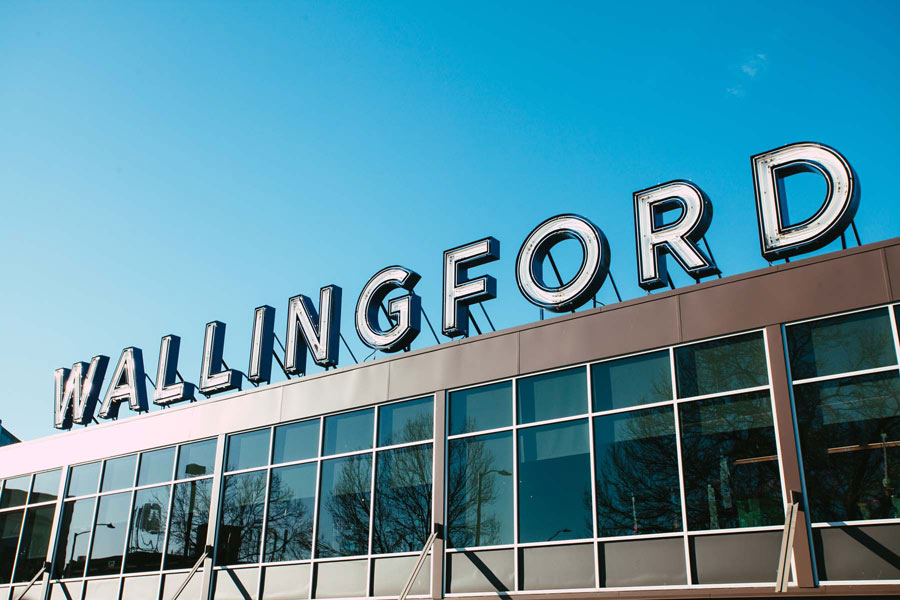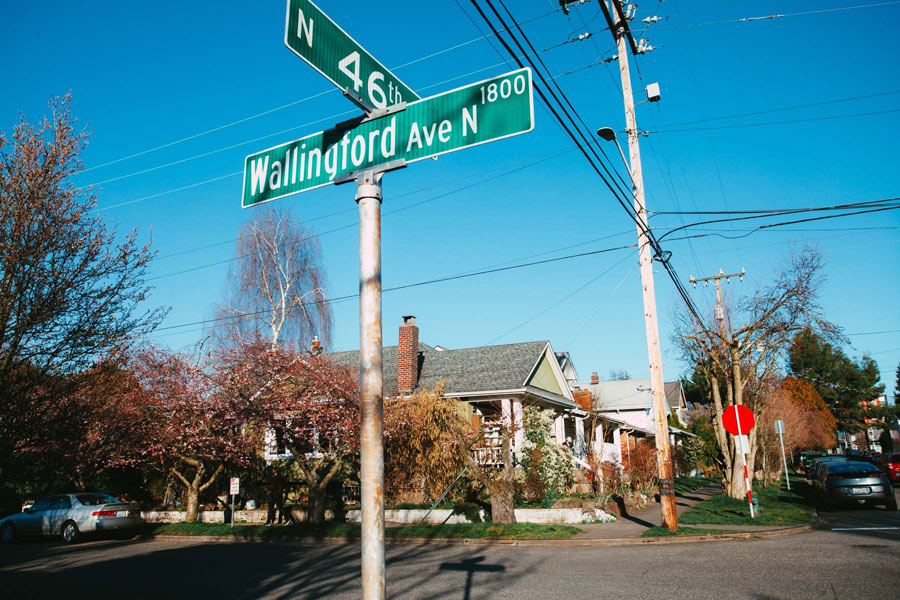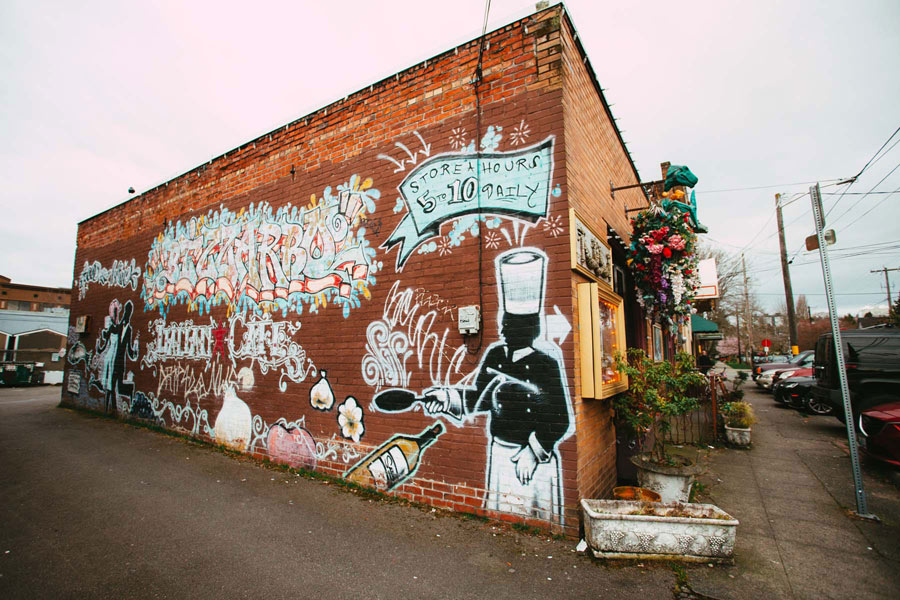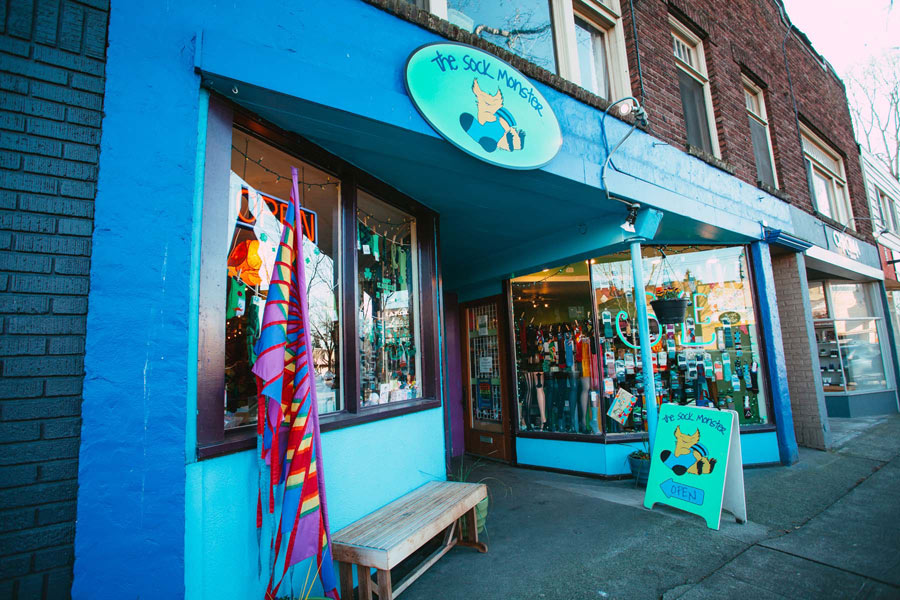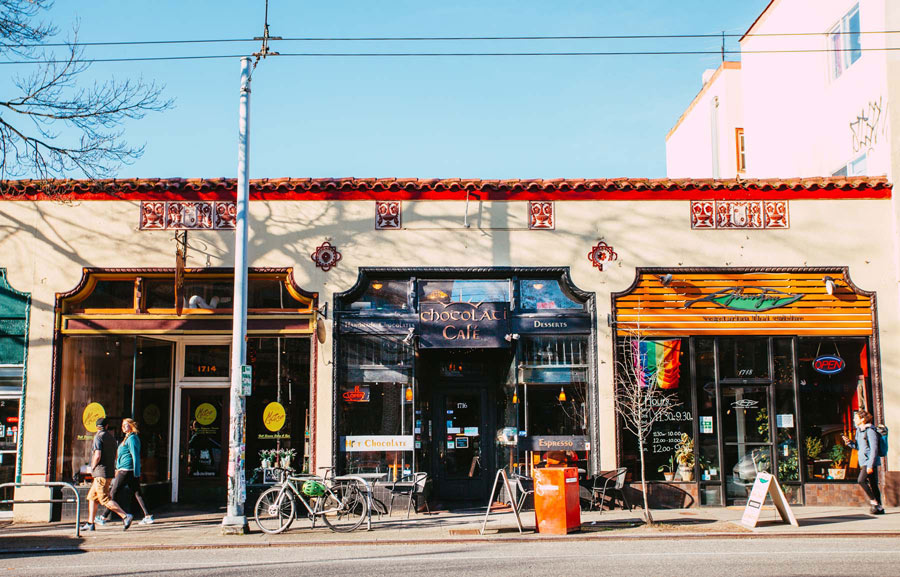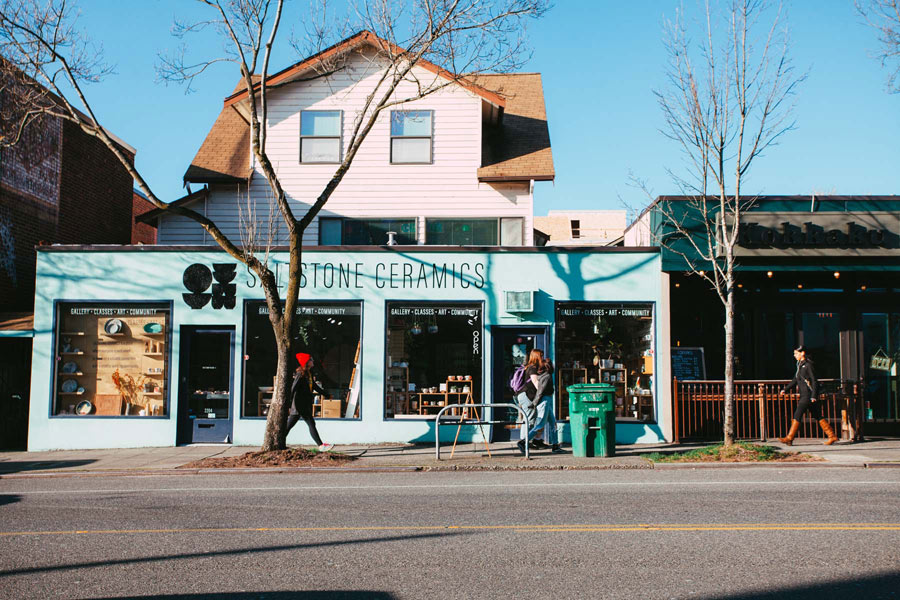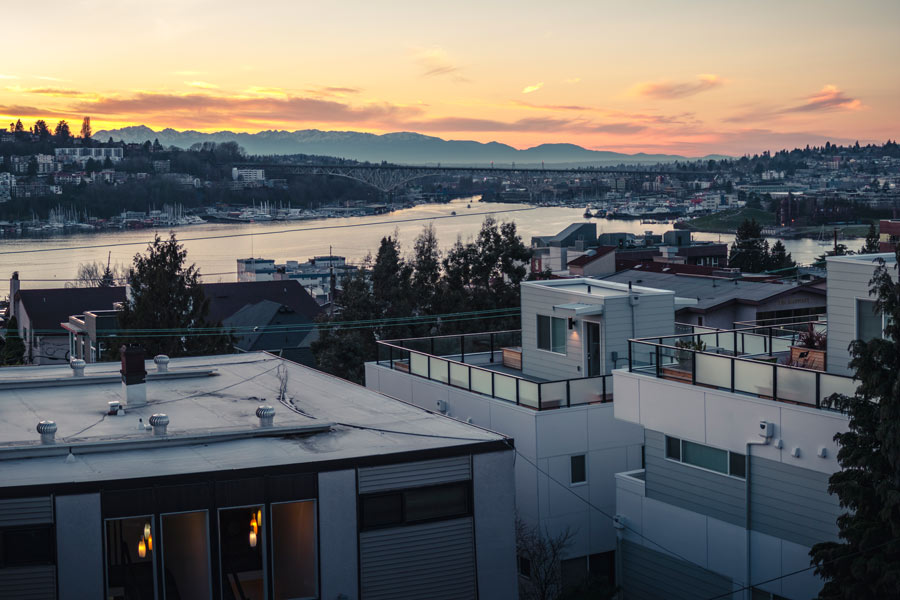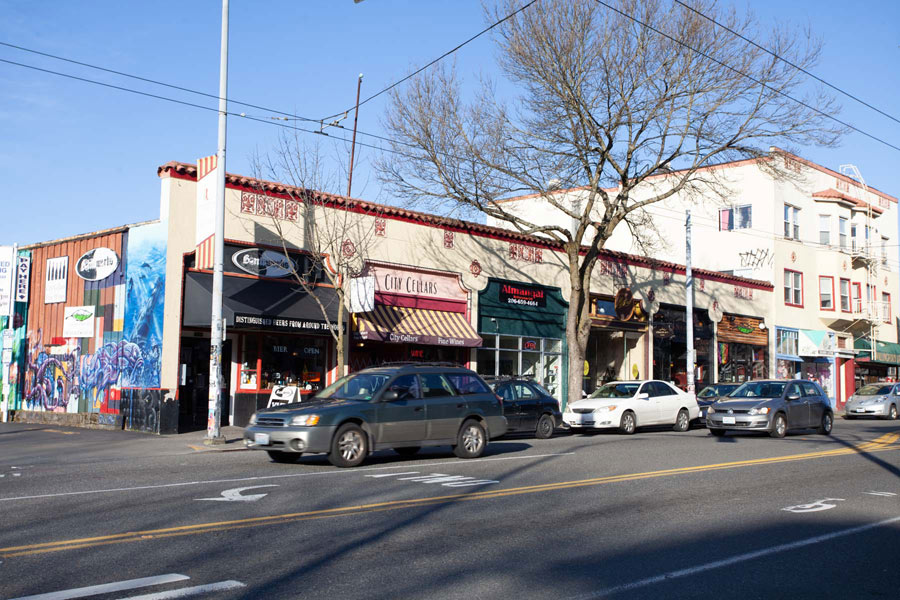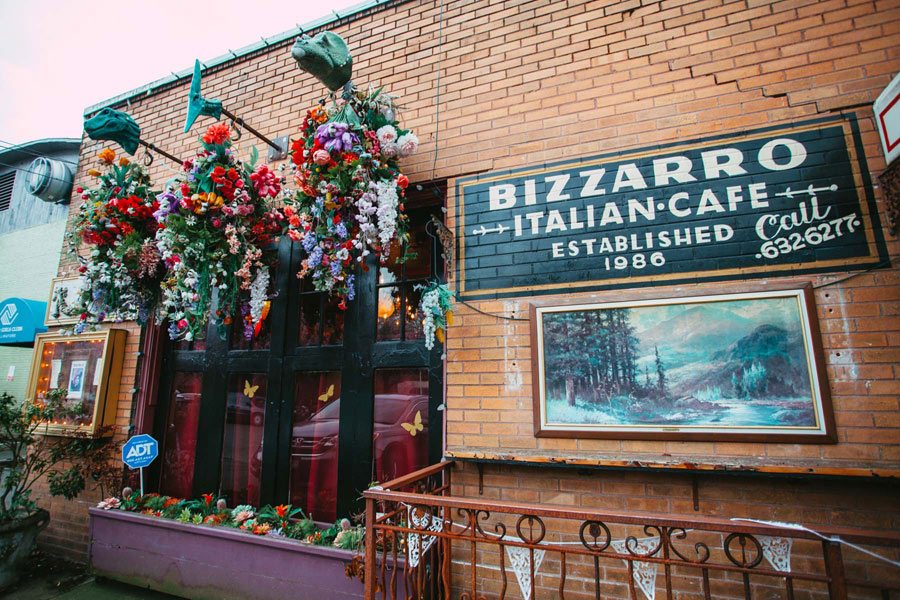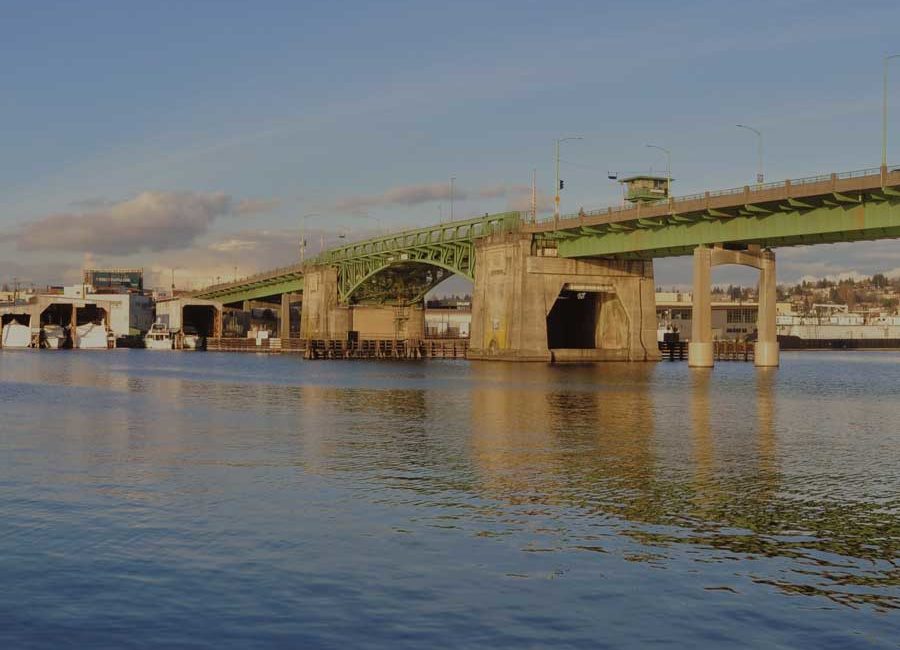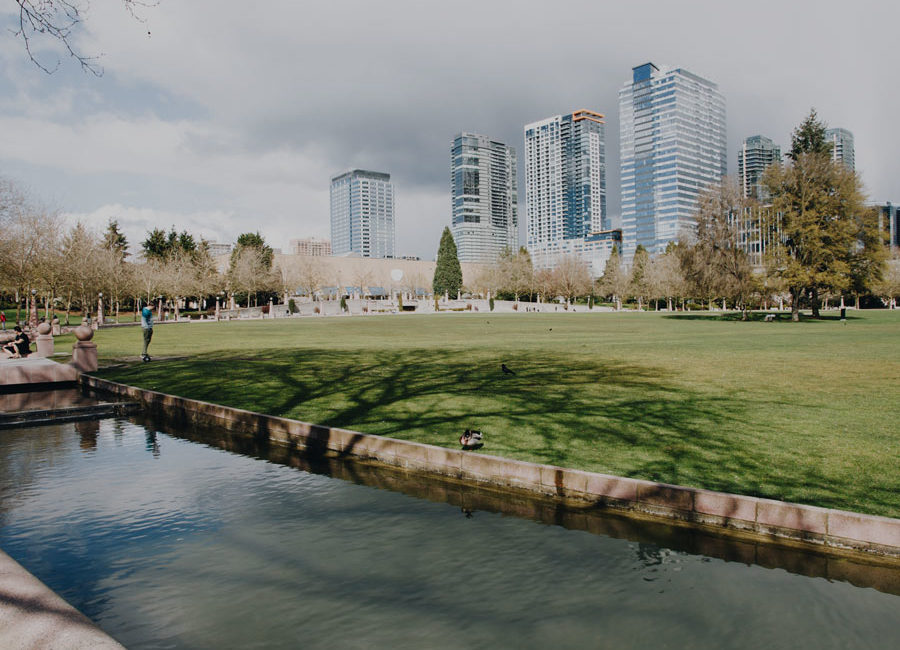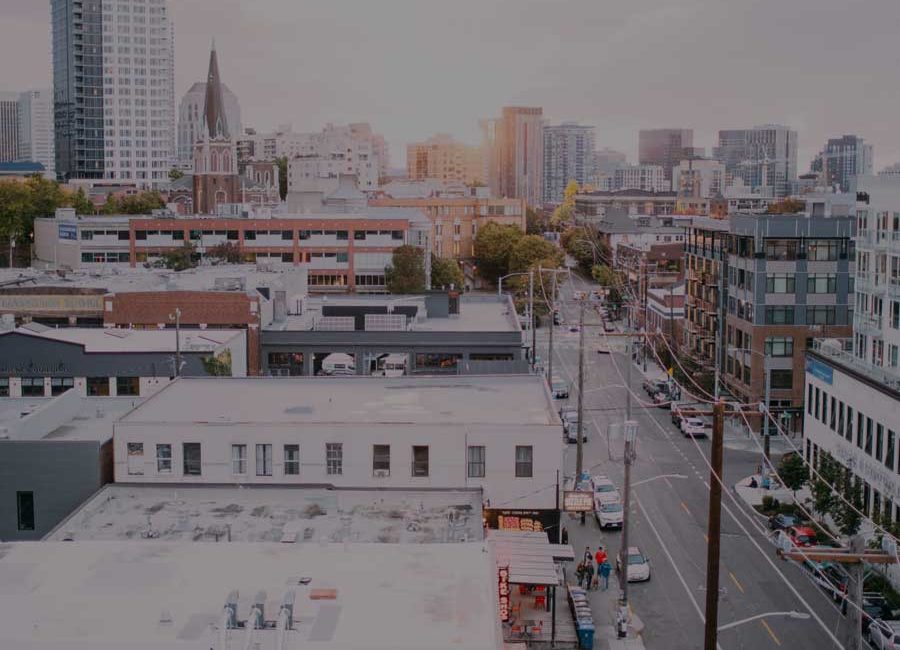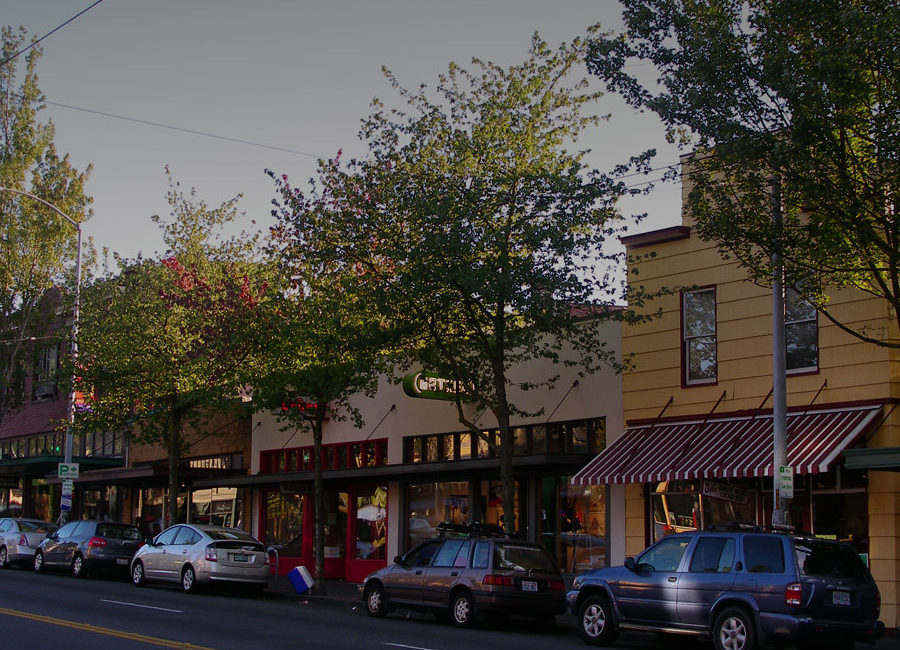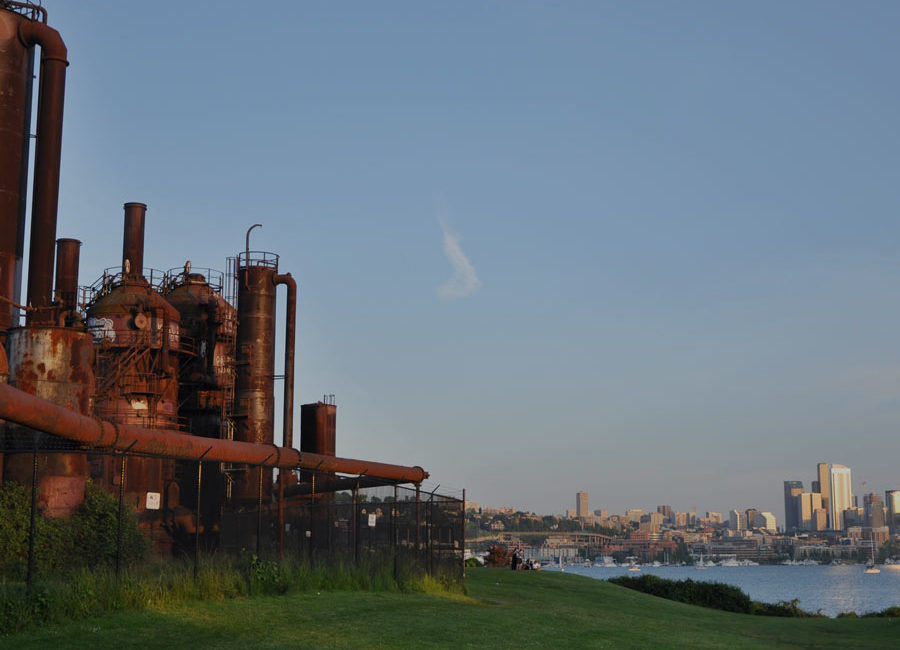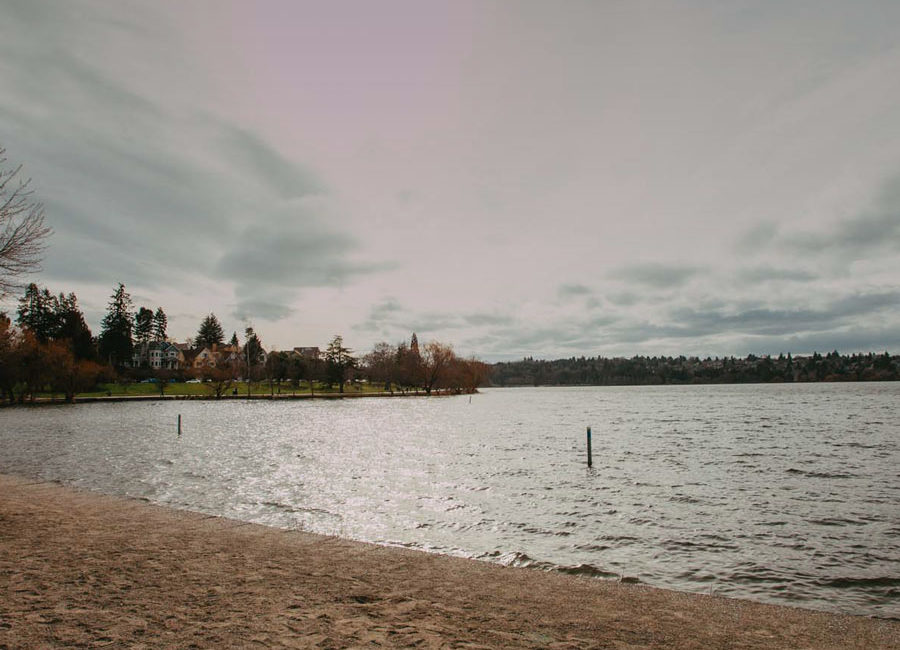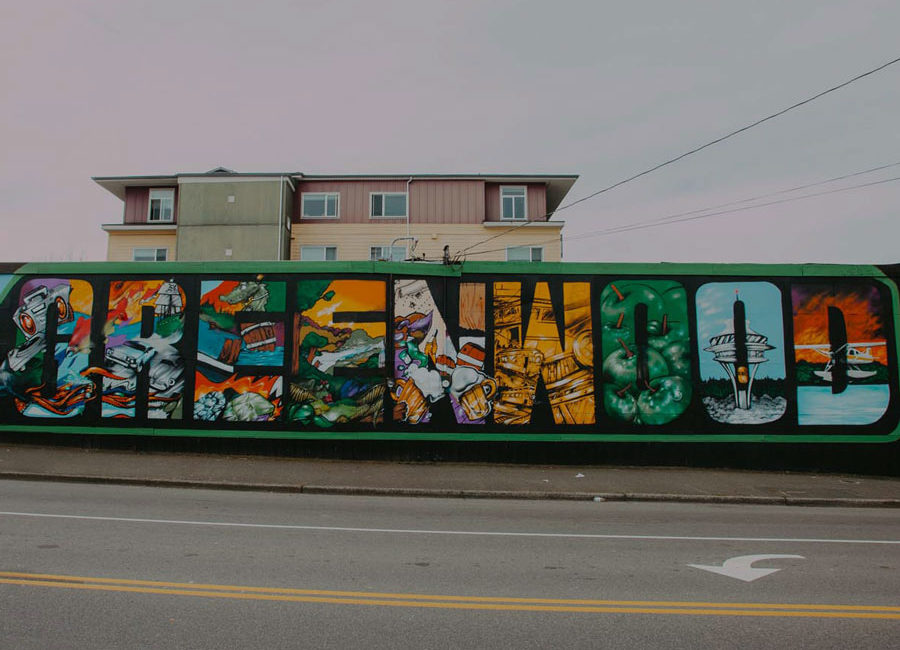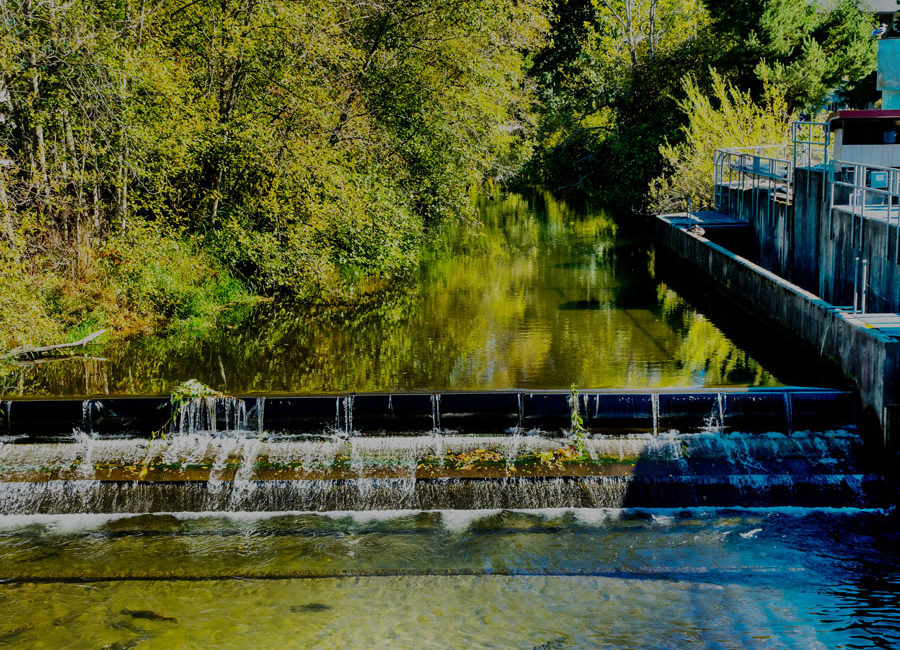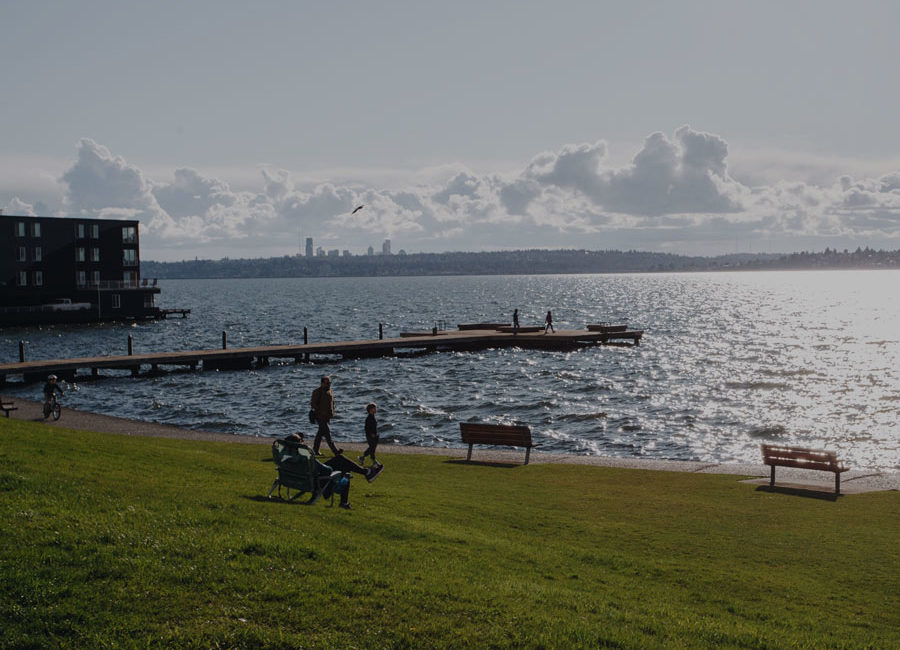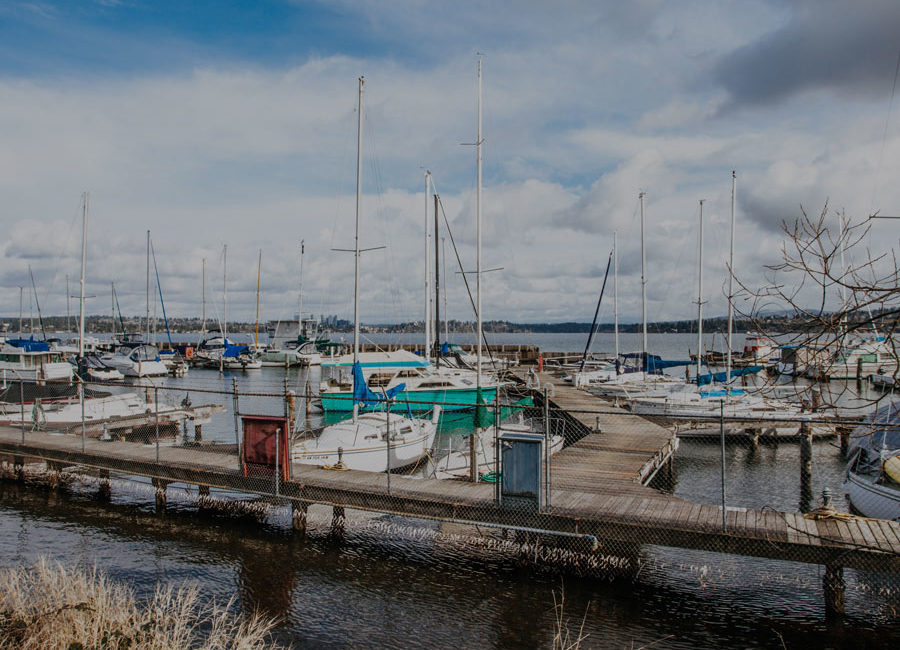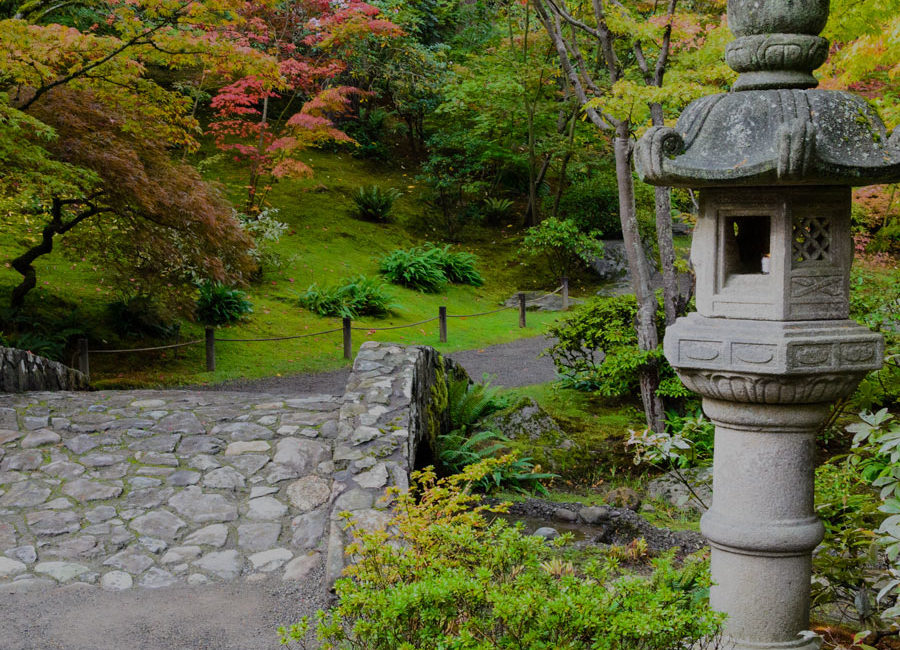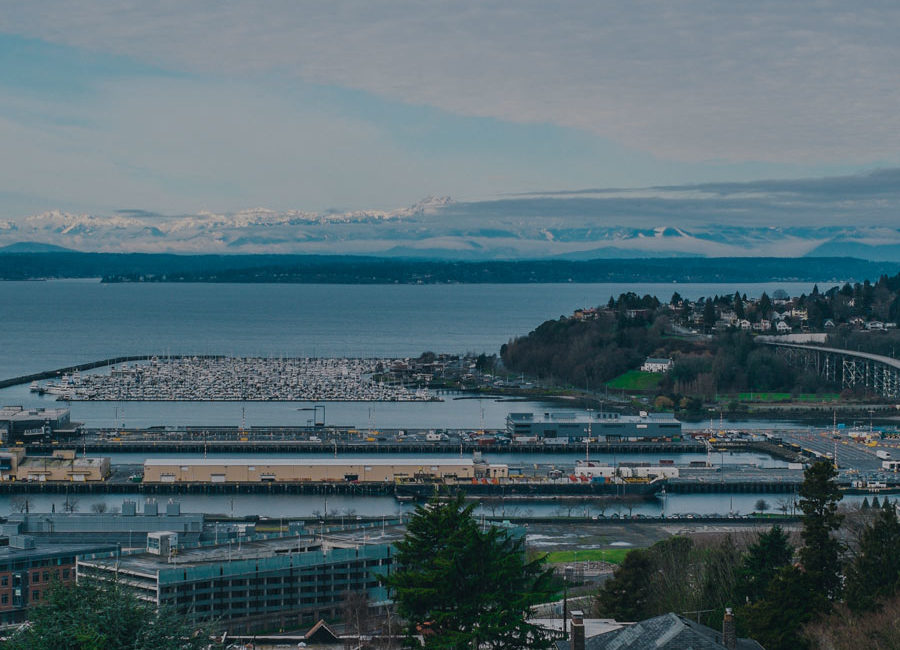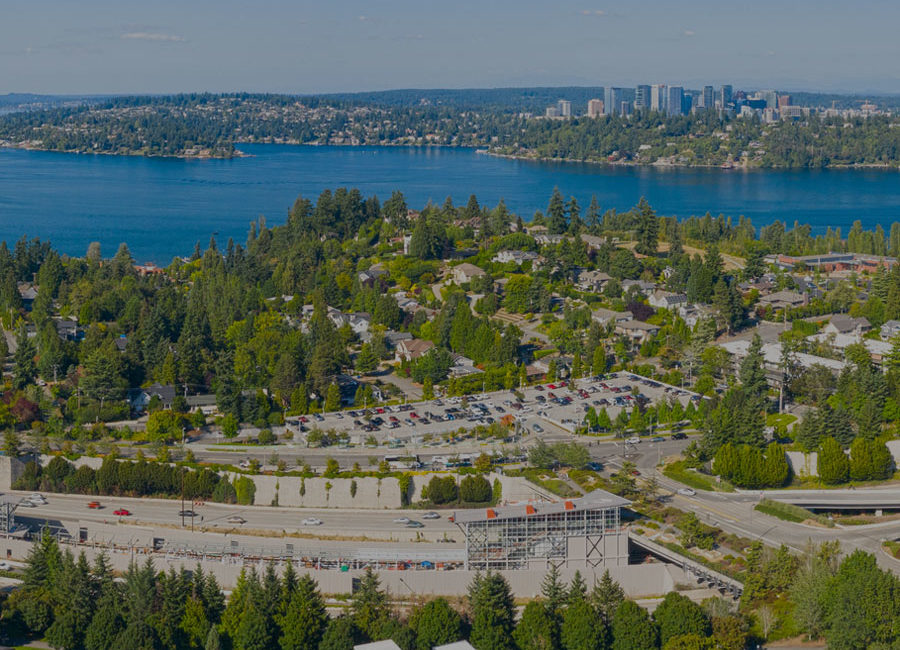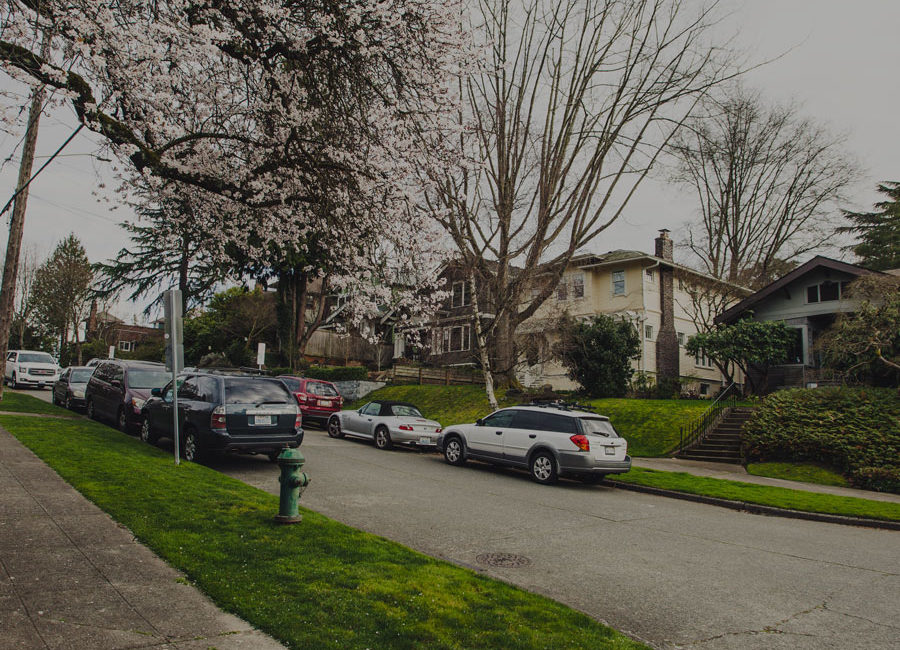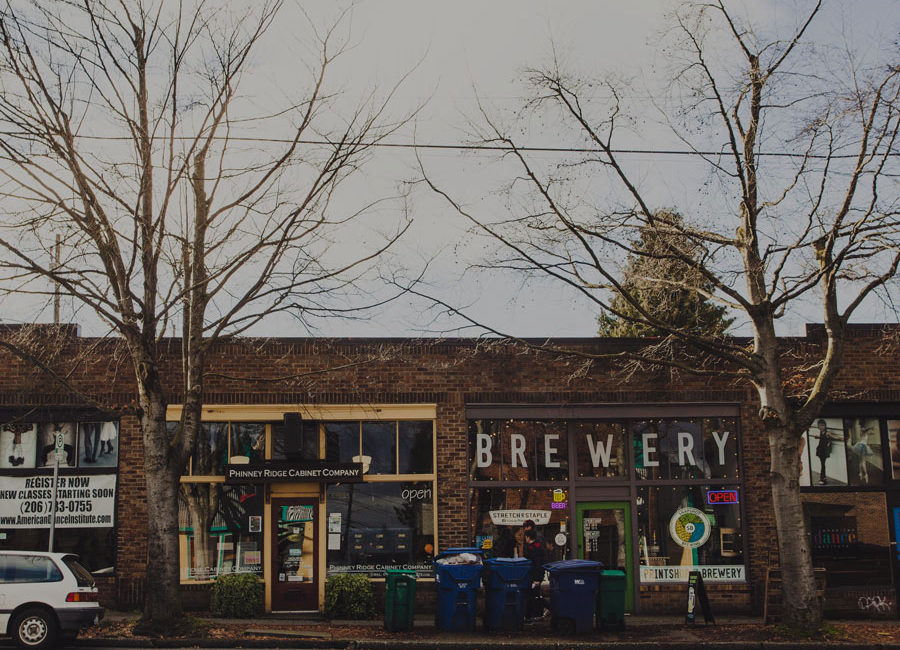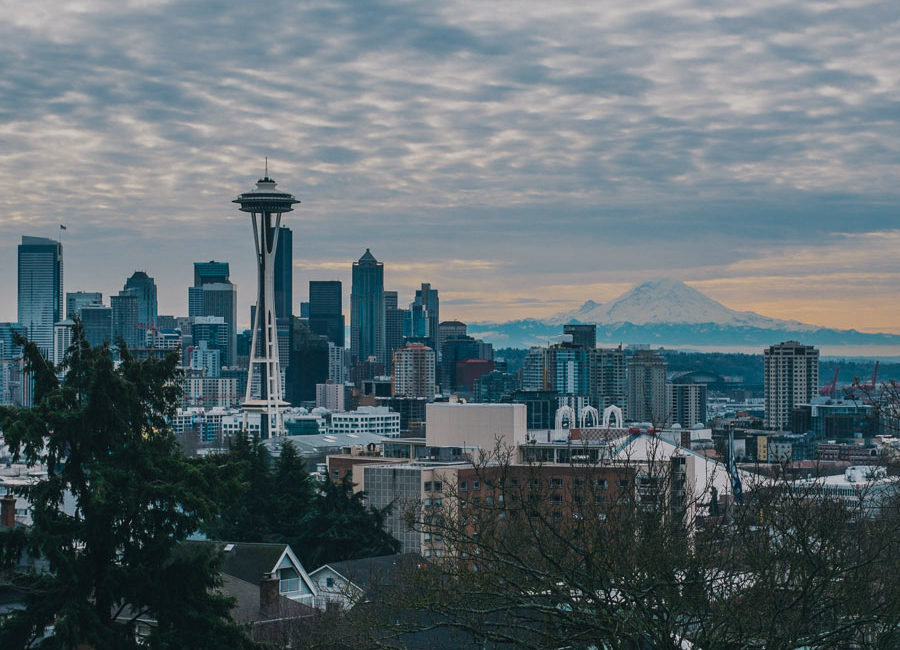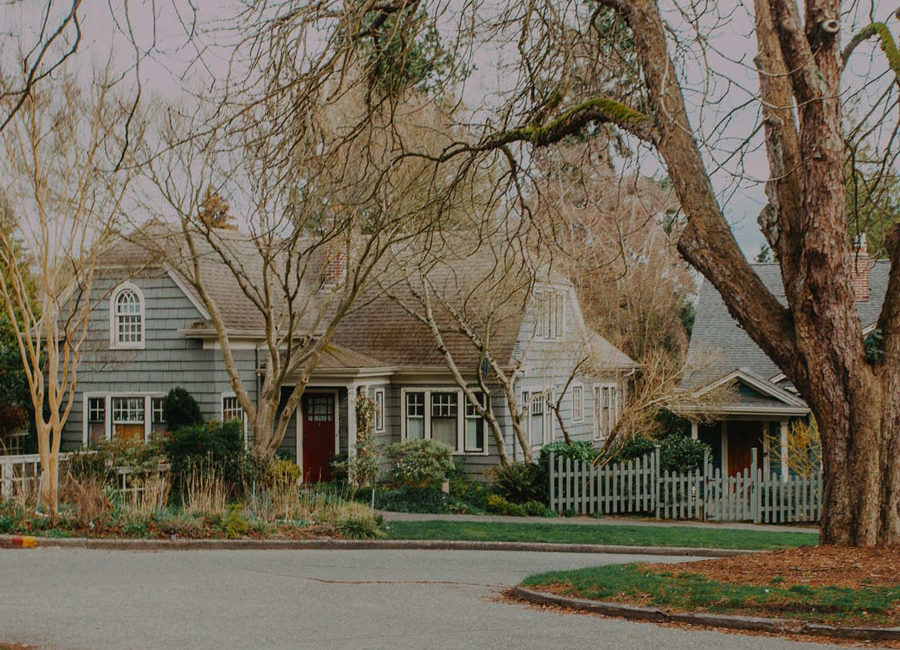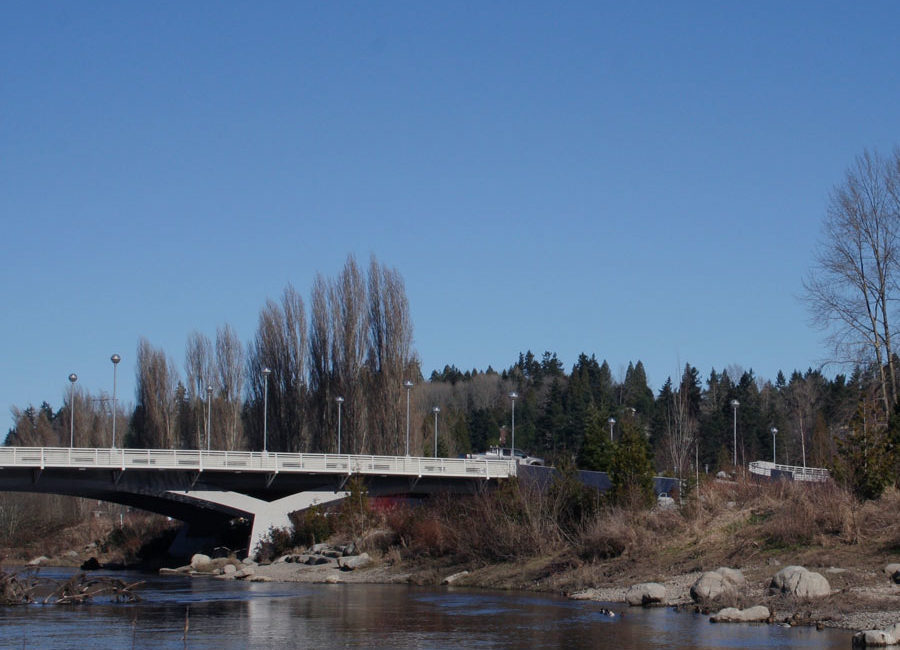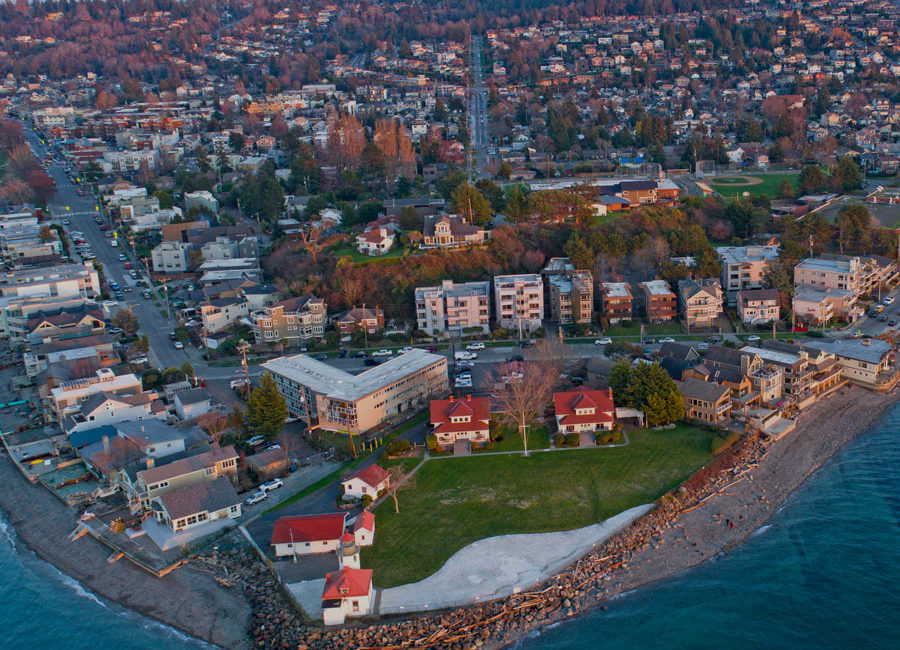Wallingford: A Blast From
the Past With Modern Appeal
Much like the self-sustaining and commercial-residential neighborhood of Greenwood, Wallingford has a lot to offer in the way of residential homes as well as small neighborhood businesses. Its proximity and transportation options to the University District make it a great option for University of Washington students and faculty, but its charm also attracts many nonacademic families and professionals.
Wallingford is nestled between Fremont, Green Lake, Roosevelt, and the University District, and borders between Wallingford and these neighborhoods have often been contested and confused over its 150-year existence since annexation to the city. Throughout its history and even today, many of the landmarks in Wallingford have been preserved or renovated with creative outcomes, keeping the historic, 50s-era atmosphere alive with all of the modern necessities of the 21st century.
2019 Data at a Glance
Average Home Price:
$928,181
Average Rent:
$2,004/month
Home price trend:
-4.1%
Walk Score (1-100):
83
Number of Parks:
10
Pros and Cons of Living in Wallingford, Seattle
Wallingford is primarily residential, but its main thoroughfare of N.E. 45th Street is home to dozens of shops, restaurants, and much more. There’s The Sock Monster, a clothing store that specializes in crazy socks for all ages, numerous boutiques sprinkled up and down 45th, and a thrift shop. For a truly unique shopping experience, stop by the Wallingford Center, a historic building converted into mixed-use space that includes shops with handcrafted and locally made gifts, apparel, accessories, and more. Plus, there are restaurants, coffee, cupcakes, a yoga studio, an integrated pharmacy, and even an early childhood academy.
The dining options are quite diverse in Wallingford. You can get a great cup of espresso at Fuel Coffee or Chocolati, where there are also house-made truffles and hot chocolate. Enjoy a sweet treat from Trophy Cupcakes in the Wallingford Center, or visit Molly Moon’s Homemade Ice Cream or Fainting Goat Gelato. Wallingford is also home to the original Dick’s Drive-In, with burgers, fries, and hand-dipped shakes. For more sit-down type fare, there’s organic American cuisine made with local ingredients at Tilth, Mexican favorites at Chile Pepper Restaurant, super fresh and all-veggie dishes at Jhanjay Vegetarian Thai Cuisine, unassuming kebabs and other bites at Kabul Afghan Cuisine, and delicious Tuscan fare at Cantinetta. For happy hour and the bar and lounge type of experience, head to the family-owned hotspot Blue Star Cafe & Pub or to Union Saloon, which has comfort food and classic fare alongside an approachable cocktail menu and wine list.
There are about 10 parks and green spaces in Wallingford, including the 20-acre Gas Works Park. There’s also the Wallingford Playfield, which has a fantastic play structure for 2 to 5 year-olds and a wading pool. There are also some excellent schools, making Wallingford an ideal neighborhood in which to raise a young family.
Living in Wallingford may be a downside for some, as its proximity to the University District has made it a sort of college town, where University of Washington students tend to congregate as well as live. However, there are also many young couples, families, and some retirees. It’s a mostly residential area, and is quite safe.
Another con of living in Wallingford is the traffic and lack of parking, which are less of a problem if you choose to commute using public transportation. The bus routes to and through the neighborhood are quite good, contributing to Wallingford’s good transit score.
History of Wallingford, Seattle
It took a couple of decades for white settlers to make their mark on the area that would become Wallingford, after the Denny party landed at Alki Beach in November, 1851. The area was annexed to the city in 1891, along with the north shore of Lake Union and Green Lake. A couple of years later, an electric trolley service ran from Green Lake to Lake Union (in the Fremont area), earning the area its nickname, “Interlaken.”
Wallingford was named for a settler (John Wallingford) from Maine who purchased land in the area in 1888. This followed the opening of Western Mill in 1882 on the south shore of Lake Union, which spurred the harvest of the old forest that surrounded the lake. Once the land was cleared (most commonly by blasting the stumps with dynamite), housing plots began selling quickly on Wallingford Hill.
In 1893, Wallingford suffered the economic crash with the rest of the city. The neighborhood struggled through much of the 1890s until the 1897 Klondike Gold Rush revived the area as a principal supplier of goods and transportation for miners.
A gas plant was constructed on the north Lake Union peninsula in 1907, and was a hub for service that extended in a 30-mile radius, powering much of the industry and manufacturing in Seattle until the plant was closed in 1937.
Two of Wallingford’s schools opened in the early 1900s: Interlake School opened in 1904, and Lincoln High School opened in 1907.
Between 1907 and 1909, many of the streets in Wallingford were radically improved with new grading, curbs, and sidewalks in preparation for the Alaska-Yukon-Pacific Exposition (AYP). More trolley lines were added between the University District and Wallingford, so that fairgoers could access the events from the Wallingford neighborhood.
The public transportation additions to Wallingford caused real estate developers to quickly fill the neighborhood with box houses and bungalows in order to meet demand. By the 1920s, it was a very vibrant, self-sustaining neighborhood. A two-page Seattle Times profile of Wallingford in 1925 describes the neighborhood as “one of the most active and important component parts of the city of Seattle.”
Although the first two blocks of the north Lake Union shore were zoned for industry, in 1925 there were only a few maritime businesses and bakeries and the Standard Oil Company’s distribution station. Otherwise, the neighborhood was almost entirely homes. Wallingford was also the headquarters for the police station responsible for patrolling the entire north part of Seattle.
One historic neighborhood staple is the Durn Good Grocery. The Wallingford grocery originally opened in the early 1900s, and was owned and operated by Michael and Sara Regan in 1912. Around 10 years later, Charles and Caroline Irwin took over the neighborhood market and lived upstairs as well. Charley and Cynthia Robbins gave the grocery store the “Durn” part of the name in the 1950s when they ran the establishment, and Gerry Baired added the “Good” in the mid-1970s as the grocery’s next proprietor. Suzie and Thom Swink were the next ones to take over ownership, and managed the store through a move from 40th Street and Bagley Avenue to its current location three blocks west. After Thom passed away in 1997, the store was sold to Hugh Brannon. In May 2001, Joy Yang bought the store.
The borders of this neighborhood have been contested over the years, with much confusion over whether some portions should actually be considered part of Green Lake or Fremont (the latter precipitating nicknames like “Freford” and “Wallmont”). The late 1950s construction of Interstate-5 along what used to be 6th Avenue N.E. cleared up any uncertainty about the neighborhood’s border to the east with the University District.
In 1970, most of Seattle was rocked by the Boeing slump, and Wallingford was no exception. Much of the area had turned seedy, but with the prosperity that followed the slump, it quickly turned around. The neighborhood’s fixer-uppers rapidly disappeared so that the mid-1980s was the last time anyone could buy a Wallingford home without a mortgage. The result was that Wallingford was one of the nicest neighborhoods in the city as we entered the 21st century.
In recent decades, Wallingford has made a name for itself with the preservation of historic landmarks. For example, the old fire station was converted into a branch of the Seattle Public Library and a public health clinic. Gas Works Park was converted from the old gas plant when the city bought the land in 1962, keeping a number of its industrial artifacts and hiring landscape architect Richard Haag for the master park plan, which opened to the public in 1975. After Interlaken School was closed in 1981, it underwent creative reinvention and was reopened in 1985 as Wallingford Center, which has 38,000 square feet of retail stores and restaurants topped with 24 apartment units.
For most of the second half of the 20th century, a massive red “FOOD GIANT” sign topped Wallingford’s first supermarket and became a neighborhood icon. The store was opened as Wald’s Market in 1948, then moved two years later and changed the name to Wald’s Foodland. In 1956, Wald’s partner changed the name to Food Giant and mounted the iconic sign. But in the late 1990s, the Food Giant was slated to be converted into a QFC. The neighborhood protested the removal of the sign, and QFC compromised by recycling the “F,” “O,” “I,” “A,” and “D” from the old “FOOD GIANT” sign in order to write out “WALLINGFORD.”
Home Prices in Wallingford, Seattle
The average value of Wallingford homes is $928,181. Like most neighborhoods in the city, Zillow predicts an increase (by 0.7%) in home values in the next year, despite the decline of -4.1% in the past 12 months. The median list price per square foot for a home in Wallingford is $582, which is somewhat higher than the citywide average of $511 per square foot.
Since the 1980s, homes in Wallingford have retained or increased in their value, as the neighborhood has maintained a steady popularity with both newcomers as well as current Seattleites who are moving to the neighborhood for its family-friendliness and other reasons. Wallingford homeowners generally take excellent care of their properties, maintaining older homes, renovating, and cultivating beautiful flower gardens and landscaping to make this neighborhood even more charming.
Many of the homes in Wallingford are still the classic box homes and bungalows with Craftsman-style features and accents. Due to the popularity of the area for college students and other young professionals, there are also several apartment buildings and other multifamily properties to make for a diverse mix of housing options.
On average, the monthly rent for a one-bedroom apartment in Wallingford is $2,004 per month.
Walk Score & Transportation in Wallingford
Wallingford has a walk score of 83, making it the 17th most walkable neighborhood in Seattle. It is also quite bike-friendly, with a bike score of 85. The public transportation in Wallingford ranks at 63, with a decent array of bus routes to and through the main areas of the neighborhood.
Route 44 travels west to east, starting in Ballard and passing through Wallingford to end at the University of Washington’s UW Station for the Link light rail. Route 62 starts in Downtown at S. Jackson Street and 5th Avenue S. and proceeds through Downtown to Stone Way, then along N. 45th Street in Wallingford with stops on Meridian Avenue, Woodlawn Avenue, and N.E. 65th Street before ending in Sand Point.
Unique Gems in Wallingford
Wallingford has an excellent commercial area along N.E. 45th Street, with dozens of shops, coffee houses, restaurants, and bars to enjoy. There’s a weekly Wallingford Farmers Market on Wednesdays from 3 to 7 p.m. mid-May through September. There are also a couple of Seafair-related events each year that take place in the neighborhood, including the annual mid-July Wallingford Family Parade and the Seafair Summer Fourth celebration in Gas Works Park, with a fireworks show overhead from the waters of Lake Union, food trucks, and a beer garden. In October each year, the Great Wallingford Wurst Festival has tasty foods and beers in an “Octoberfest”-style event, plus inflatables for the kids, games, craft booths, a book sale, and more. These other unique gems in Wallingford make it a very special Seattle neighborhood:
Gas Works Park: One of the most popular parks in the city and also a major landmark, Gas Works Park is the site of the old gas plant that used to operate on the peninsula of Lake Union’s north shore. There are placards explaining the history, as well as covered picnic areas and lots of grassy areas for picnicking and playing. On a windy day, Gas Works’ hill is an excellent spot for kite-flying.
Wallingford Center: Get a truly one-of-a-kind shopping experience at the historic Wallingford Center, which has exceptional gift shops and handmade goods as well as a couple of restaurants and a stand of treats from Trophy Cupcakes. There are several artisan shops, including a yarn shop, vintage clothing shop, and other unique boutiques.
Portage Bay Cafe: With a few locations around the city, Portage Bay Cafe is one of Seattle’s favorite breakfast and brunch spots. This bright cafe serves local, organic, and seasonal ingredients for breakfast, brunch, and lunch seven days a week. There are yummy benedicts, scrambles, omelets, and other favorites such as banana pancakes, French toast, huevos rancheros, and the amazing green mole burrito. Don’t forget the fresh-squeezed juices (and mimosas)!
Art of the Table: Locally sourced ingredients and an ever-changing menu make Art of the Table a unique and delicious upscale (prix fixe) dining experience every time you visit. This intimate eatery serves innovative dishes from a tasting menu designed by Chef Dustin Ronspies. There’s even a vegetarian tasting menu in addition to the normal chef’s tasting menu.
Bizzarro Italian Cafe: This long-running Italian eatery in Wallingford serves approachable trattoria fare in an eclectic atmosphere. There’s the house bruschetta and other appetizers, delicious salads, seasonal pastas, and favorites such as the puttanesca, elk bolognese and, of course, lasagna. If you’re here on a Sunday, you simply must try the Meatball dish made with spaghetti rustica pasta tossed in Bizzarro’s world-famous marinara. If your diet is gluten-free, Bizzarro offers a gluten-free pasta option as well as zoodles (made from zucchini).

